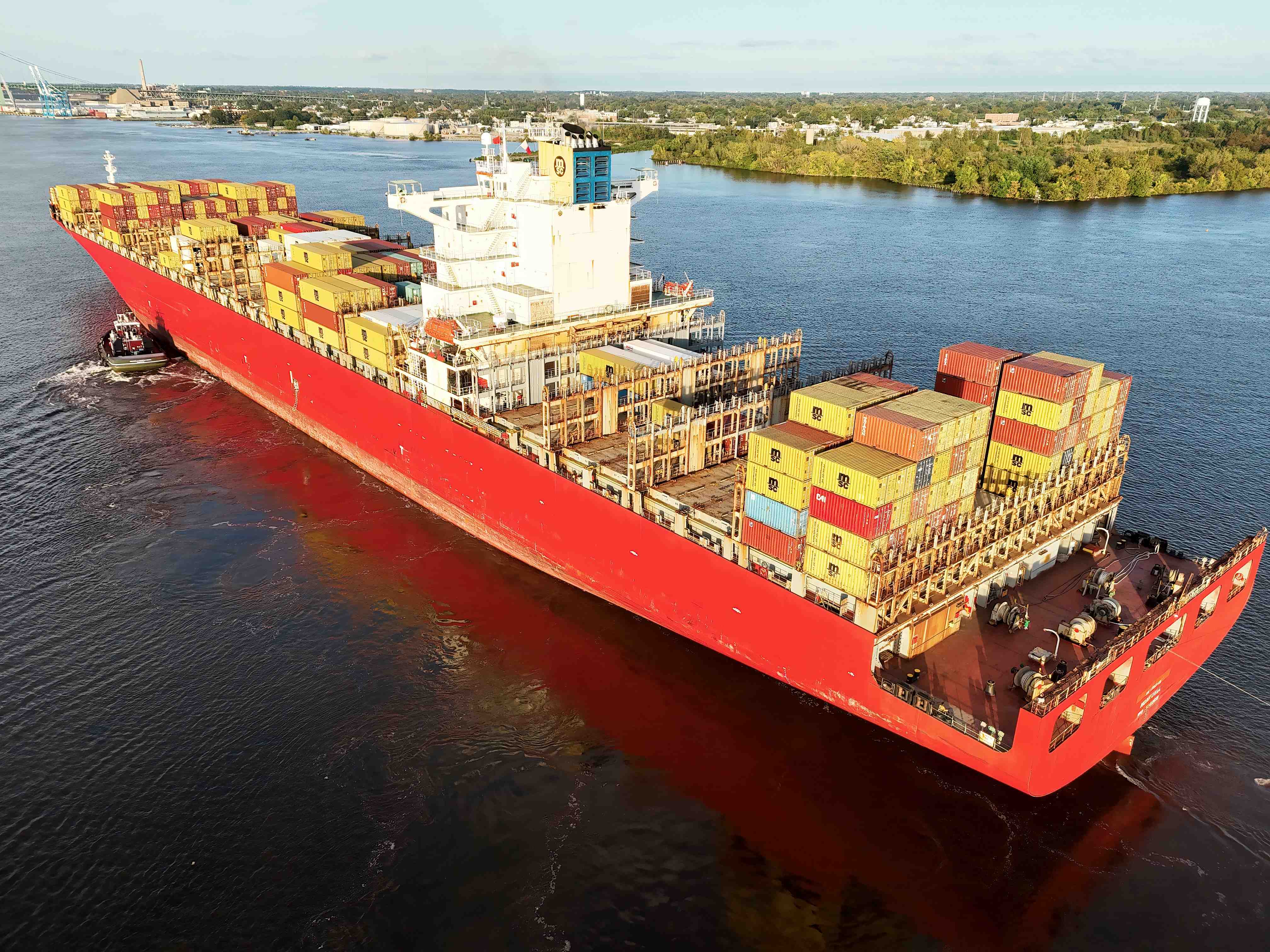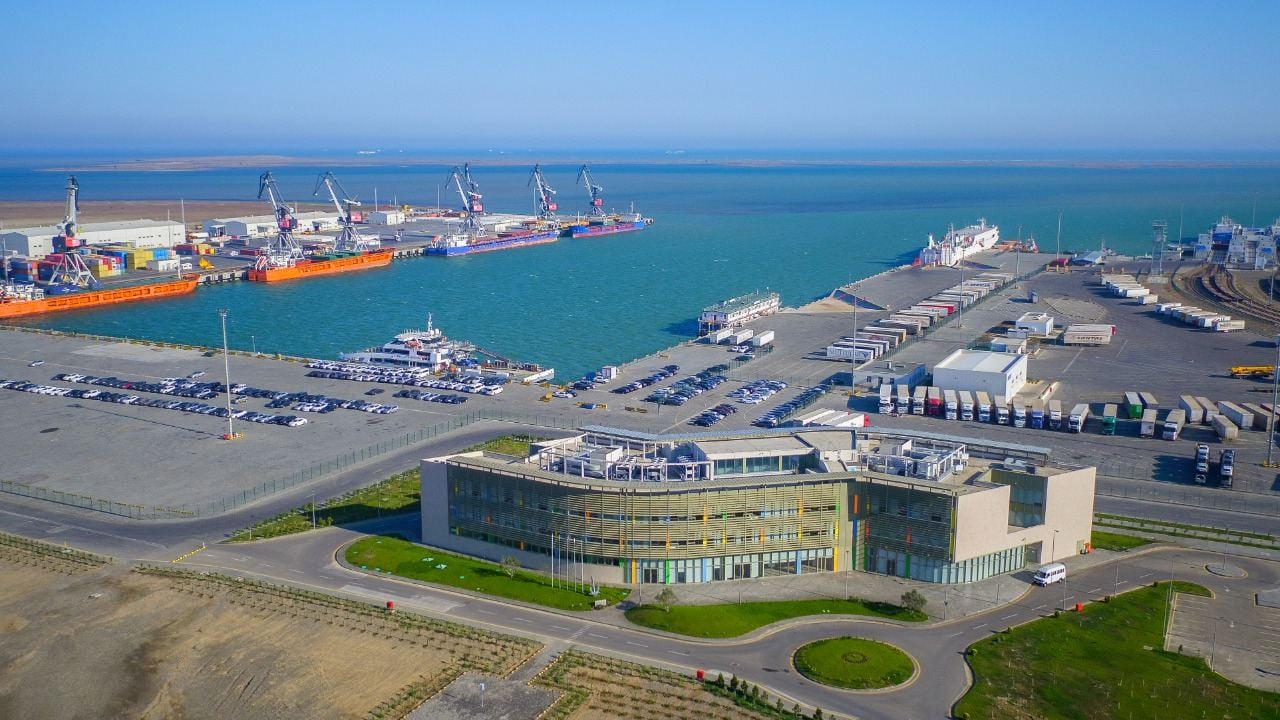
The impact of Houthi attacks on vessels in the Gulf of Aden and Red Sea have combined with disruptions in the Black Sea and Panama Canal to alter maritime trade flows in 2024 and stress-test the resilience of the industry. Although the maritime industry has proven its resilience by maintaining trade flows during the global COVID pandemic, the past few months have seen an increasing number of disruptive elements such as vessel attacks and war conditions that could lead to high food and energy prices as well as inflation – although opinion on the long-term impact is split.
Jan Hoffmann, Chief of United Nations Conference on Trade and Development (UNCTAD)’s Trade Facilitation Section, told ICS Leadership Insights: “The attacks on Red Sea shipping are adding tensions and costs to global trade, exacerbating disruption due to geopolitics and climate change. There are now three global trade routes disrupted.”
UNCTAD estimated that in the two month span from end- November to end-January, trade through the Suez Canal had fallen by 42% as a result of the attacks from Houthi-controlled Yemen on commercial shipping, which began on 19 November. In response, the number of ships sailing around the Cape of Good Hope almost doubled during the same period (cargo increased by +66% and tankers by +65%), according to insurer Allianz Trade.
Some organisations believe that these changes to trade patterns hold the potential to exacerbate inflation if not curtailed. The World Bank tracked surges in agriculture and export price indices of between 3% and 10% in the 1 to 19th February time period. Allianz Trade research warned of further impacts if the situation in the Red Sea continues for several months, noting that “a doubling of shipping prices would push global inflation up by +0.5pp, resulting in a -0.4pp reduction in GDP growth.” Energy prices were cited as the most vulnerable factor, as 12% of seaborne oil and 8% of liquefied natural gas pass through the Suez Canal, leading to continued volatility in energy prices in Europe.
Other analysts believe that rerouting some ships to avoid the Red Sea would not derail global trade, although there are some risks associated with a spillover to tanker markets. In fact, experts say container freight rates, which had initially soared, are already showing signs of easing. Overcapacity in the market, as a result of high orders for new vessels between 2020 and 2022 also means that companies are well placed to deal with the demand for longer voyages .
In the meantime, the war in Ukraine continues to impact oil and grain trades as it has since it began in February 2022, and shipping through the Panama Canal continues to be affected by low freshwater levels, although the impact is more keenly felt in sectors such as dry bulk and LPG shipping.
By comparison, container shipping appears to be relatively well insulated, with UNCTAD pointing out that although year on year total transits have dipped 36%, the number of transits is already recovering – with transit numbers jumping by 5% to 30.6% in December vs October. While, the biggest containerships sailing through the Neo-panamax locks are carrying fewer containers, as draught restrictions in the locks are still in place, container cargo is also expected to increase in response to Panama Canal Authority (ACP) increasing the number of daily transits from 18 to 24 (against a 2022 average of 34-40 per day).
Perhaps a bigger concern to be monitored is the environmental impact of rerouting vessels. Sailing around the Cape is more fuel intensive, leading to questions of whether the EU Emissions Trading System (ETS), which was extended to shipping in January 2024, is sufficiently flexible to account for route variations enforced by on geopolitical events and considerations of crew and ship safety.
Related content

International Chamber of Shipping statement on the Red Sea ship attacks

International Chamber of Shipping statement on the recent attacks against commercial ships transiting the southern Red Sea and the Gulf of Aden

Baku port seizes opportunity to expand container operations
